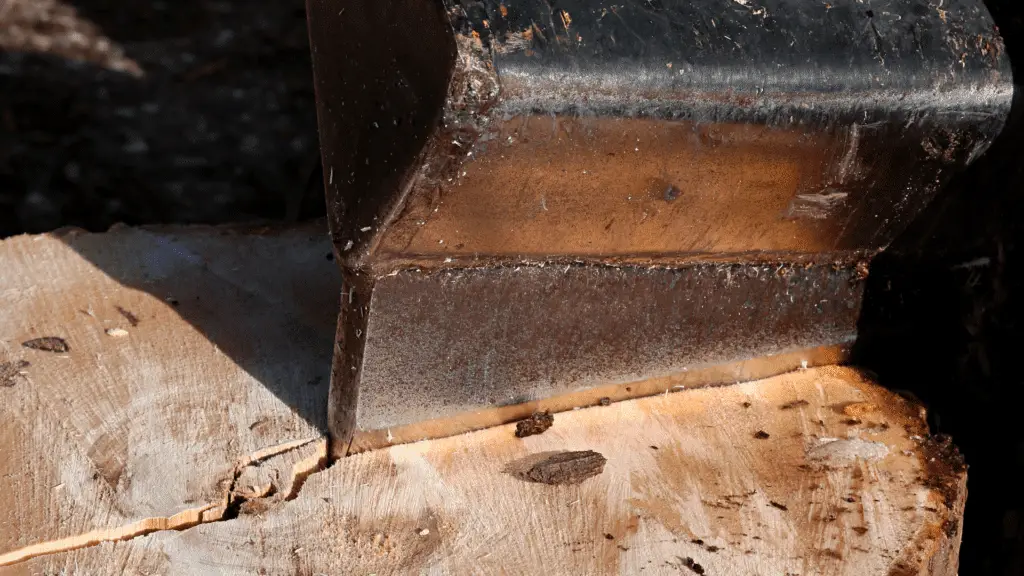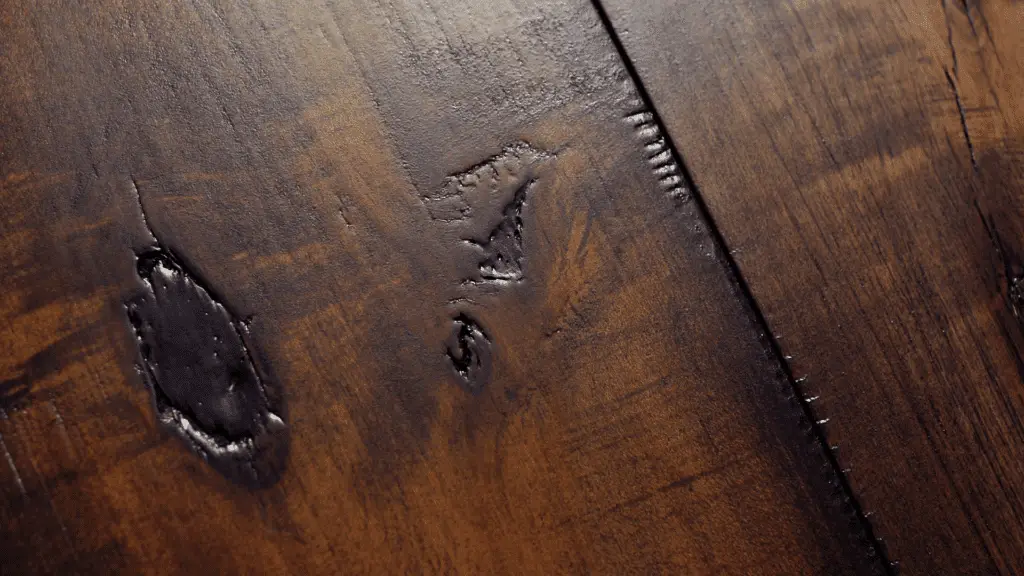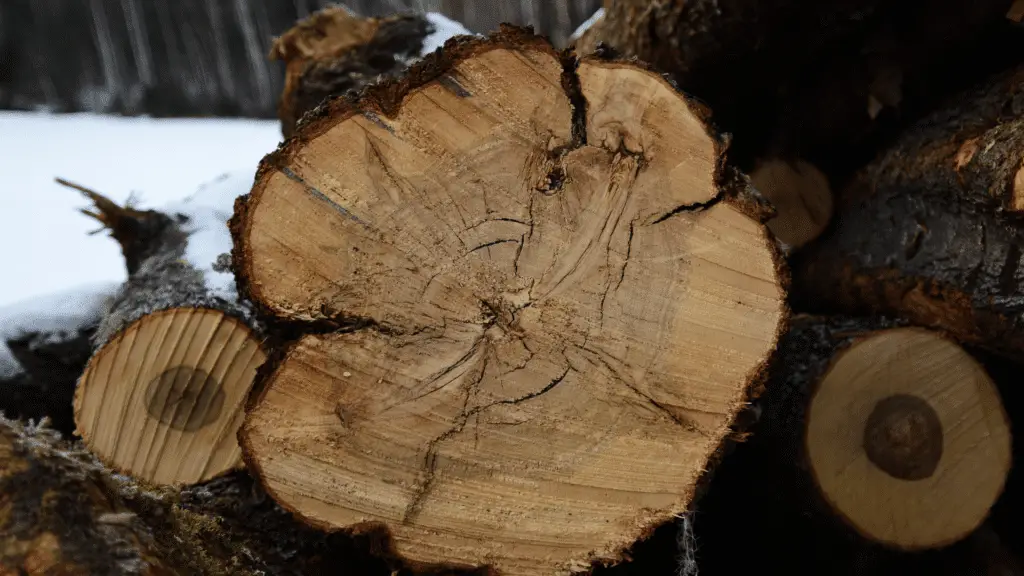Maple trees are one of the most common species of hardwood trees in America. They are known for the fantastic lumber they produce. Maple lumber is usually categorized into two types: hard maple and soft maple. Maple is ideal for building furniture, cabinets, and more. But you may wonder, when it comes to building furniture, which is better?
Soft maple is better than hard maple for furniture. However, both will create beautiful pieces of furniture. A few benefits of using soft maple over hard maple to build furniture are: it is more workable, more sustainable, and cheaper. Also, it is the most versatile of the two types of wood.
This article will dive into the benefits of using soft maple to build furniture and compare the benefits of building with hard maple. You also will learn more about the differences between the two types of maple. Hopefully, this information will leave you ready to move forward with building your furniture.
Soft Maple vs. Hard Maple
To better understand the benefits of working with each type of maple, let us first determine the general differences. First, it is important to know the term soft maple is the broad term that categorizes several maple trees. Some of the trees in the soft maple family include:
- Bigleaf maple
- Boxelder
- Red maple
- Silver maple
- Striped maple
Hard maple refers to one specific maple species, Acer saccharum. It is sometimes referred to as sugar maple. Depending on where you live, different species of maple will be easily available to you. But as you can see, soft maple will be more available simply because more trees produce what is categorized as soft maple.
There are a few ways to differentiate between the two types of wood. Here are some of the things to know and look for:
- Soft maple grows at a much quicker rate than hard maple. Therefore, the growth rings of hard maple will be tighter than the growth rings on soft maple. You can find the growth rings but look at the end of the board.
- Hard maple has a lighter color, while soft maple is a darker color and sometimes has brown or red hues.
- Hard maple is denser than soft maple. Normally, if you weigh boards that are the same size, you will know the heavier board is hard maple.
- Doing a chemical test by dabbing iron sulfate on a small part of the board will react in two ways. If the board turns light blue or green, it is hard maple. Soft maple will turn a dark blue or black color.
Comparing Hardness of Maples
When you hear soft maple, it may not seem like the best option for building furniture. But rest assured, soft maple is plenty hard enough to be used in place of hard maple in most instances and definitely is hard enough to use in place of hard maple when building furniture. Even though it is called soft maple, it is only soft compared to hard maple.

The Janka hardness test is the most common way to measure wood hardness. It measures the force needed to embed a .444” diameter steel ball halfway into the wood. Below you will see a chart indicating the hardness of different maple species. Remember, the first five types of Maple listed are all categorized as soft maple.
This chart from The Wood Database compares the Janka Hardness of Maple Species.
(Source: The Wood Database)
As you can see, although hard maple scores significantly higher than the woods categorized as soft maple, soft maple can still withstand an incredible amount of force, more than 600. Unless you need to install hardwood floors or perhaps for butcher block counters or workbench tops, it is a fair substitute for hard maple.
With a better understanding of the differences between the two types of Maple, let us go back to the original question. Soft maple vs. hard maple for furniture, which is better?
Which Is Better?
Soft Maple
As stated earlier in the article, soft maple is arguably the better choice between the two when building furniture. As explained, the softness of soft maple is still plenty durable for furniture building. Here are a few of the other benefits of choosing it for your project.
Sustainability
Since soft maple is sourced from many different trees in the maple family, it is much more accessible than hard maple. It also grows about twice as quickly, which explains why it is softer than hard maple.

So when considering sustainability, this means that you will have easy access to get a consistent appearance for custom-made furniture. If you are looking to build a bedroom or table and chairs set, if using soft maple, you will always be able to find another piece of wood with consistent color and grain.
Lower Cost
For many of the same reasons as stated when discussing sustainability, soft maple is also lower-cost than its cousin, hard maple. Again, this lower-cost is not because the wood is not of great quality. It is simply because it is produced much quicker and easier.
Workability and Versatility
Soft maple is versatile and can be easily cut and shaped for whatever piece you want to make. The softness of soft maple makes it much more workable. It is also easier for your woodworking tools. Hard maple is known to dull blades quickly. Not to mention, soft maple is resilient against warping and cracking since it is normally kiln-dried before made available for purchase in a lumberyard.

Another way soft maple is more versatile is when it comes to finishing. It takes stain much better than hard maple. Because of the high density of hard maple, it is difficult to absorb the stain.
Fortunately, hard maple is a beautiful wood without a finish, but this is an important consideration if you want to apply any stain, paint, or finish to your furniture. Soft maple will allow you to achieve the exact look you want.
Hard Maple
Although soft maple is perhaps the better choice when building furniture, it is important to mention that high-quality hard maple wood will also create beautiful pieces. Of course, a clear benefit of hard maple is the higher Janka score, which will create the most durable piece of furniture.

Although, such a high Janka score when considering furniture is not necessary. If you want a very white, nearly featureless wood for your furniture, hard maple would be a good choice when comparing it to the soft maple that has a darker color naturally.
Ultimately, if you select lumber from a hardware store or lumberyard, always feel free to ask associates for their insights or advice. With an understanding of the exact piece of furniture you want to create, they will help you find the best type of wood and the best boards and pieces.
Conclusion
Maple lumber, whether soft or hard, is an excellent option when building furniture. But because of the sustainability, lower cost, and versatility, soft maple will likely be your best option. No matter the kind of Maple you choose, be sure you purchase from a reputable retailer and take your time carefully picking your pieces of wood.
I hope this article helps you better understand your options. You are now ready to move ahead with the furniture building.
